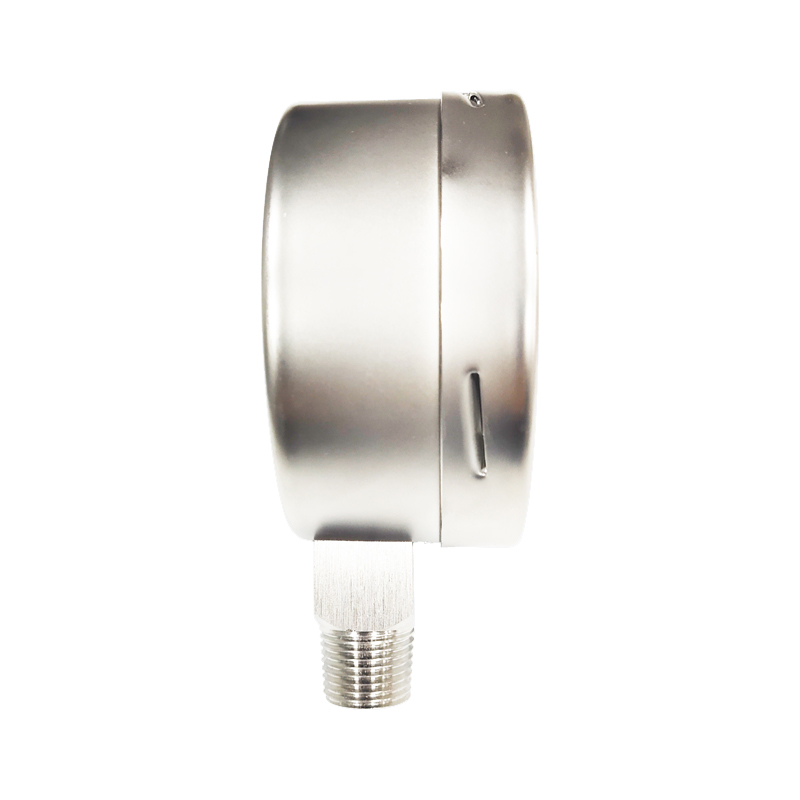
Oct . 20, 2024 16:20 Back to list
differential pressure gauge types product
Understanding Differential Pressure Gauge Types
Differential pressure gauges are essential instruments used across various industries to measure the pressure difference between two points in a system. These devices play a critical role in monitoring and controlling processes in areas such as HVAC, water treatment, chemical processing, and more. This article delves into the different types of differential pressure gauges, their working principles, and applications.
Types of Differential Pressure Gauges
1. Mechanical Differential Pressure Gauges These traditional gauges utilize mechanical components to measure pressure differences. They typically consist of two diaphragms or bellows that expand or contract based on the pressure from two different points. The movement of these components is translated into a readable dial or scale. Mechanical gauges are robust, do not require external power sources, and are suitable for a wide range of applications; however, they may be less precise than their electronic counterparts.
2. Electronic Differential Pressure Gauges Unlike mechanical gauges, electronic differential pressure gauges employ electronic sensors to detect pressure changes. These sensors can include capacitive, piezoresistive, or strain gauge types. The measured pressure difference is converted into an electrical signal, which can be displayed on a digital screen or transmitted to a control system for further analysis. These gauges offer higher accuracy and can provide remote monitoring capabilities, making them ideal for complex industrial environments.
3. Capacitive Differential Pressure Gauges This type specifically utilizes capacitive sensing technologies. Capacitive gauges consist of two plates separated by a dielectric material, and the pressure difference causes a change in capacitance, which can be measured and converted into pressure readings. Capacitive gauges are known for their high sensitivity and accuracy, making them suitable for applications that require precise measurements, such as pharmaceutical and food processing industries.
4. Piezoresistive Differential Pressure Gauges Utilizing a piezoresistive effect, these gauges detect changes in resistance due to applied pressure. When pressure is applied, the resistance of a semiconductor material changes, which is then converted into an electrical signal to represent the pressure difference. Piezoresistive gauges are known for their robust performance and fast response times, making them ideal for high-speed applications.
differential pressure gauge types product

5. Low Differential Pressure Gauges These specialized gauges are designed for measuring very small pressure differences, often in the range of inches of water column. They are commonly used in applications such as filter monitoring, building ventilation, and air quality monitoring. Low differential pressure gauges can be mechanical or electronic, depending on the required sensitivity and precision.
Applications of Differential Pressure Gauges
Differential pressure gauges find applications in a variety of fields
- HVAC Systems Used to monitor air pressure in ducts, ensuring optimal airflow and system efficiency. - Water Treatment Plants Help track pressure drops across filters and treatment units to ensure effective performance. - Chemical Processing Monitor pressure differences in reactors and other equipment to maintain desired operating conditions. - Pharmaceutical Production Critical for ensuring that processes remain within specified pressure ranges to maintain product quality.
Conclusion
Differential pressure gauges are integral to many industrial processes, providing essential data for monitoring and controlling system performance. Understanding the different types of gauges available, including mechanical, electronic, capacitive, and piezoresistive options, enables industries to select the right instrument for their specific application. As technology advances, the accuracy and functionality of these devices continue to improve, further enhancing their role in process optimization and efficiency. Whether for HVAC systems, water treatment, or chemical processing, the right differential pressure gauge can significantly impact operational effectiveness and safety.
-
High-Precision Mass Diaphragm Pressure Gauge - Reliable & Durable Solutions
NewsJun.10,2025
-
Explain Diaphragm Pressure Gauge Expert Guide, Top Manufacturers & Quotes
NewsJun.10,2025
-
Affordable Differential Pressure Gauge Prices in China Top Manufacturers
NewsJun.10,2025
-
Reliable Water Fire Extinguisher Pressure Gauges for Safety
NewsJun.10,2025
-
Durable Diaphragm Protection Pressure Gauges Get Quote
NewsJun.09,2025
-
WIKA Differential Pressure Gauge with Switch Reliable Monitoring & Control
NewsJun.09,2025
